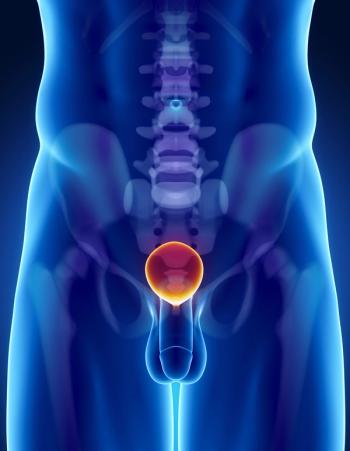
The Rules of the Road
A review of the rules of the road for doctors, because everyone remembers their first license.
I heard that you recently got your first license. Congratulations!I think everyone remembers when they first received their driver’s license. It marks a time in a teen’s life when feelings of freedom and independence (“See you later, Pops!”) compete with sheer terror (“Was I supposed to turn left there?”) for the right to dominate the psyche of the tenderfoot driver. In my hometown, shortly after we sophomores received the precious slips, some NASCAR wannabes developed an attitude of, shall we say, insouciance toward the lessons learned in driver’s education. Not surprisingly, our local police officers were delighted to itemize our various transgressions to parents, school principals, head coaches, and other unsympathetic ears.Even I, Mr. Caution himself, succumbed to the temptation to inflate my stock with the cool kids by screeching around the city streets. One night while joyriding with a car full of buddies, I hit the side of a bank-at three miles an hour, no less-a feat that requires a hitherto unknown talent for clumsiness. Thus, I was immortalized in the Gallery of Nincompoops, Vehicular Wing.Pardon? Oh, you just received your medical license. My apologies; here I am rambling on about how to start your motoring career. Wait, though-don’t leave just yet. If we think about it, medicine and driving have several principles in common. Please, take a backseat and review the rules of the road for doctors with me.Artwork by Jon Carter, Cartertoons.comÂ
Newsletter
Stay up to date on recent advances in the multidisciplinary approach to cancer.


















































































